I need to come right out and say it: Dawn and I make a good team. Don’t laugh, it’s something that we often forget, especially in the throes of a miscommunication in the face of approaching deadlines (“I told you he needed to be wearing a hat!” “No you didn’t!”, etc.), or the arguments trying to get ourselves out the door to the latest convention. Those are the moments which make us look at each other and grin ruefully when some stranger claims that we must work really well together.
But the truth is, we do each have strengths and weaknesses that complement, and not just in the field of writing versus art. Dawn, for instance, is amazing at packing things in a way I can barely begin to fathom. She’s so good at putting together and dismantling our table displays that it’s almost more efficient for me to get the heck out of the way and let her work the magic. I got home this last Friday afternoon to find she’d somehow collapsed 90% of our merchandise and materials into three small, snug, secured boxes ready for FedEx’s tender mercies.
I, meanwhile, muddle through all the bureaucratics and try to make sure, for example, that those boxes are going to end up in the right place at the right time. I take care of figuring out what permits we need, and how do we get where we’re going, and where do we stay/park when we get there. I do our balance sheets for expenses and sales, and am continually trying my best to make sure we’re satisfying any tax people who demand their slice of our meager income.
This is stuff we had about as much experience with when we started as we did doing a comic, and like doing the comic it’s an ongoing learning process. I’ve never gone into the specifics that much because those specifics are mostly specific to California, which is not necessarily a useful or interesting thing to those of you who live outside the state (or for that matter, the country). But heck, for those of you do live here and are wanting to do sales at Cons, I’ll give you a tip: get a permanent seller’s permit.
You can get temporary sales permits, but you have to keep reapplying for them for every convention you go to, and file separate sales tax returns. The permanent permit is just as free to acquire from the BOE (short for California State Board of Equalization) and has proven to be a lot less hassle. It only took us eighteen months of operation to figure that out. All you have to do with the permanent permit is set up “locations” in California (i.e. the convention sites) where you’ll be doing business, which can be added to or removed with a simple phone call, and they give you multiple sales permits to take to the specific convention as necessary. You also now have a master permit number you can easily put on any convention paperwork that asks for it.
If you’re new to things I do recommend the option of going in person to your local BOE branch and having the clerks assist you in setting everything up. By and large I’ve found BOE clerks to be quite helpful, probably because there’s nothing to be gained by being obstructive: the State would most definitely like a cut of your money and is thus keen on getting you registered.
Getting a permanent permit also means you only have to worry about filing a return once a year, which you can do online and even get a clerk on the phone to step you through it if you’re unsure what to put where. As bureaucratic dealings go, it’s been rather painless.
It’s also important to note that you do not have to be a formalized business (LLC, etc.) in order to acquire a seller’s permit, whether permanent or temporary. We currently operate as a “married co-ownership”, which is basically the same as a “sole proprietorship” filtered through the state’s communal property laws. My name is the one on the actual permit(s) but Dawn has full rights to also do business, without needing to be considered an employee (which is a whole other can of worms we’ve not yet dipped into). Also as far as I remember we’re free to use whatever DBA (“doing business as”) that we wish, meaning we can exhibit at a convention under our own names, or Lab Reject Studios, or Art of Dawn, as long as the permit checks out.
The first time we stepped out to exhibit, at Long Beach Comic Con 2009, I had a hell of a time trying to figure out if we needed a city permit in addition to the state one. The better organized conventions will be able to tell you straight up if it’s required, but for the most part it seems like as long as you’re within an established convention center, there are exemptions. An interesting exception I’ll note is L.A. City, which sent us a letter about a month ago asking us to please contact them about our potential tax liability for having made undeclared sales there last year and not having the required certificate.
The important thing when you get surprise notices like these, no matter where you are, is not to panic. They can look nasty and looming, all officially stamped and giving deadlines to respond before “further action is taken”. You can be left wondering how you missed this, and why the convention organizers or your fellow exhibitors didn’t warn you about it. In this case, the other exhibitors I knew that I asked responded with confusion that such a thing was happening.
Well, honestly, it may seem like you’re being singled out personally, but it happens because computers are out there that look at column A and column B and row C and then flag certain matches and generate inquiries. Sometimes you may feel like the only guy who got pulled over despite everybody speeding… in this case, I not only felt like that guy, but like the guy who was going the speed limit and got pulled over anyway because of an unposted rule that you have to go slower on Saturdays.
But you just have to take a deep breath, and look things over, and then start making phone calls. And be aware that, bureaucracy being bureaucracy, you may not immediately reach the correct people, and may get wrong or outdated information. It’s frustrating, but in the end, I was able to get things straightened out with a single declaration by email to the correct person. Getting all manner of names and confirmation numbers, naturally.
This is the sort of aggravation I take care of so that Dawn can work her magic, artistic and otherwise. It’s not to say she couldn’t deal with all the paperwork if she had to, any more than I couldn’t pack up our booth if I had to, but it’s nice to have a partner to take some of the weight off your shoulders and know it’s going to be handled according to their strengths.
Of course, if you’ve read the comic blog you’re aware than Dawn took a nasty fall that’s put her ankle in a bad way, which means I’ll be shouldering some more burden than usual just in time for our first out-of-state jaunt. We can all be glad it wasn’t her drawing arm, but this is going to make interesting times even more interesting. I think I’ve done everything I can and should from the paperwork side — Washington State seems pretty painless on the out-of-state seller regulations, but more on that next week. Also remember that due to all this going on and us being out of town, we’re likely to be posting a sketch next Wednesday, but my blog should be here as usual. Come by then, or we’ll see you in two!








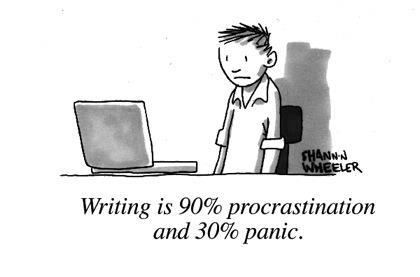
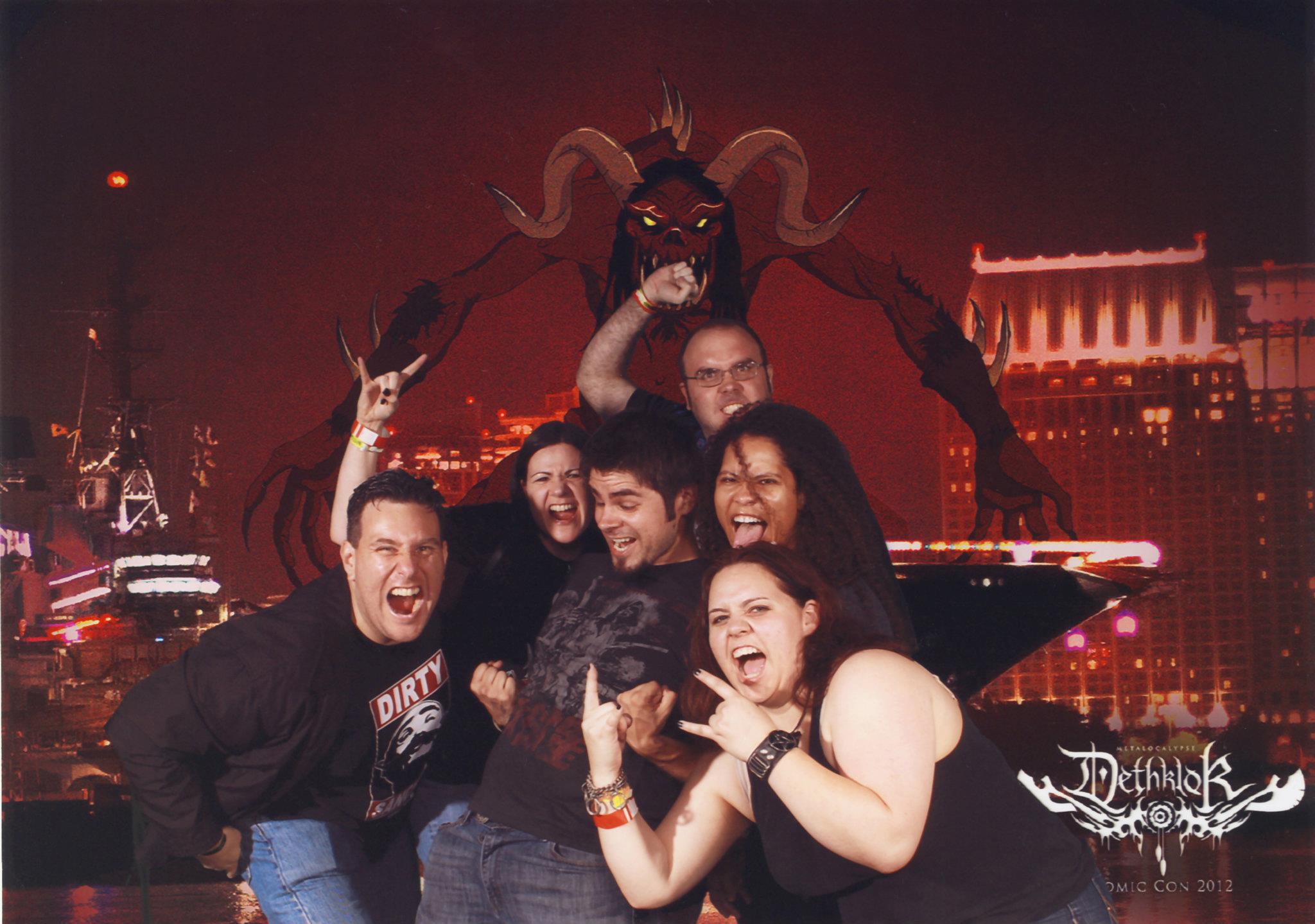
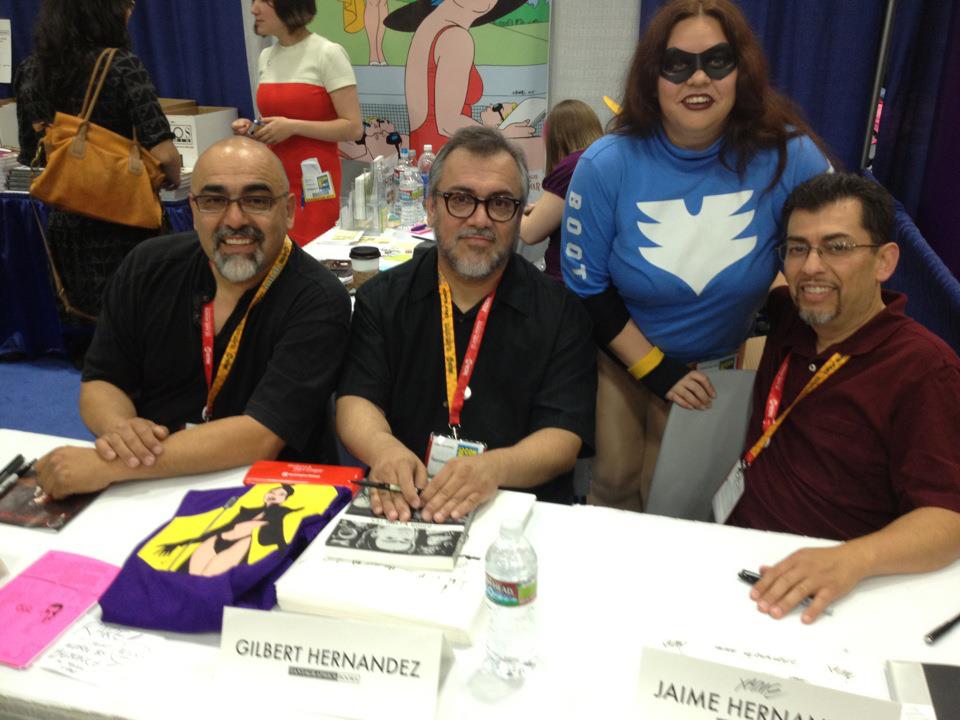
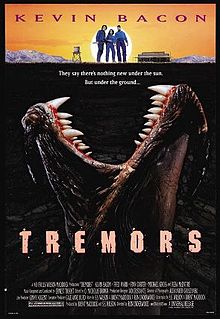 I’ve been asked several times about my inspirations for Zombie Ranch. I’ve gone over none too few of them in these articles over the years, and I’ve done enough of these articles I can no longer rightly remember if I ever gave
I’ve been asked several times about my inspirations for Zombie Ranch. I’ve gone over none too few of them in these articles over the years, and I’ve done enough of these articles I can no longer rightly remember if I ever gave 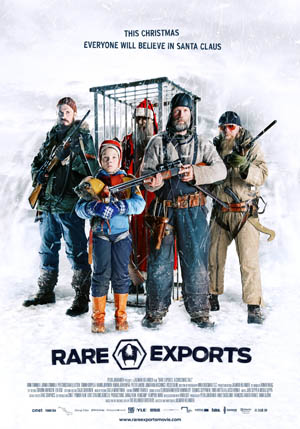 Man. Santa Claus. If there’s one thing more played out than zombies, it’s Santa Claus, am I right? Seems like every Christmas, another glut of saccharine, kid-friendly movies come out to “celebrate the season” with the same old lessons in rediscovering childhood magic and believing in jolly fat men, ironically decrying the commercialism of the modern Holiday while happily taking your ticket money (and of course, already raking in the money for ubiquitous product placement). The very concept of it makes me twitch. How could you possibly have a fresh take on that?
Man. Santa Claus. If there’s one thing more played out than zombies, it’s Santa Claus, am I right? Seems like every Christmas, another glut of saccharine, kid-friendly movies come out to “celebrate the season” with the same old lessons in rediscovering childhood magic and believing in jolly fat men, ironically decrying the commercialism of the modern Holiday while happily taking your ticket money (and of course, already raking in the money for ubiquitous product placement). The very concept of it makes me twitch. How could you possibly have a fresh take on that?